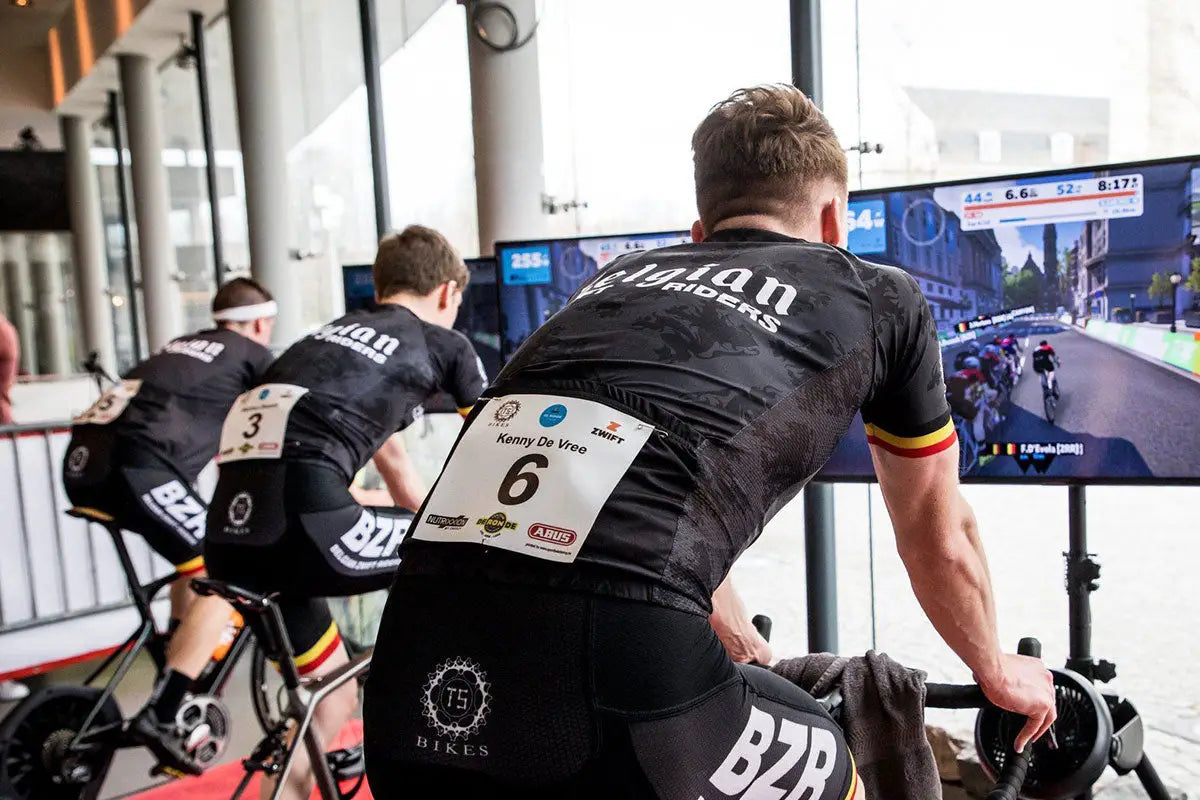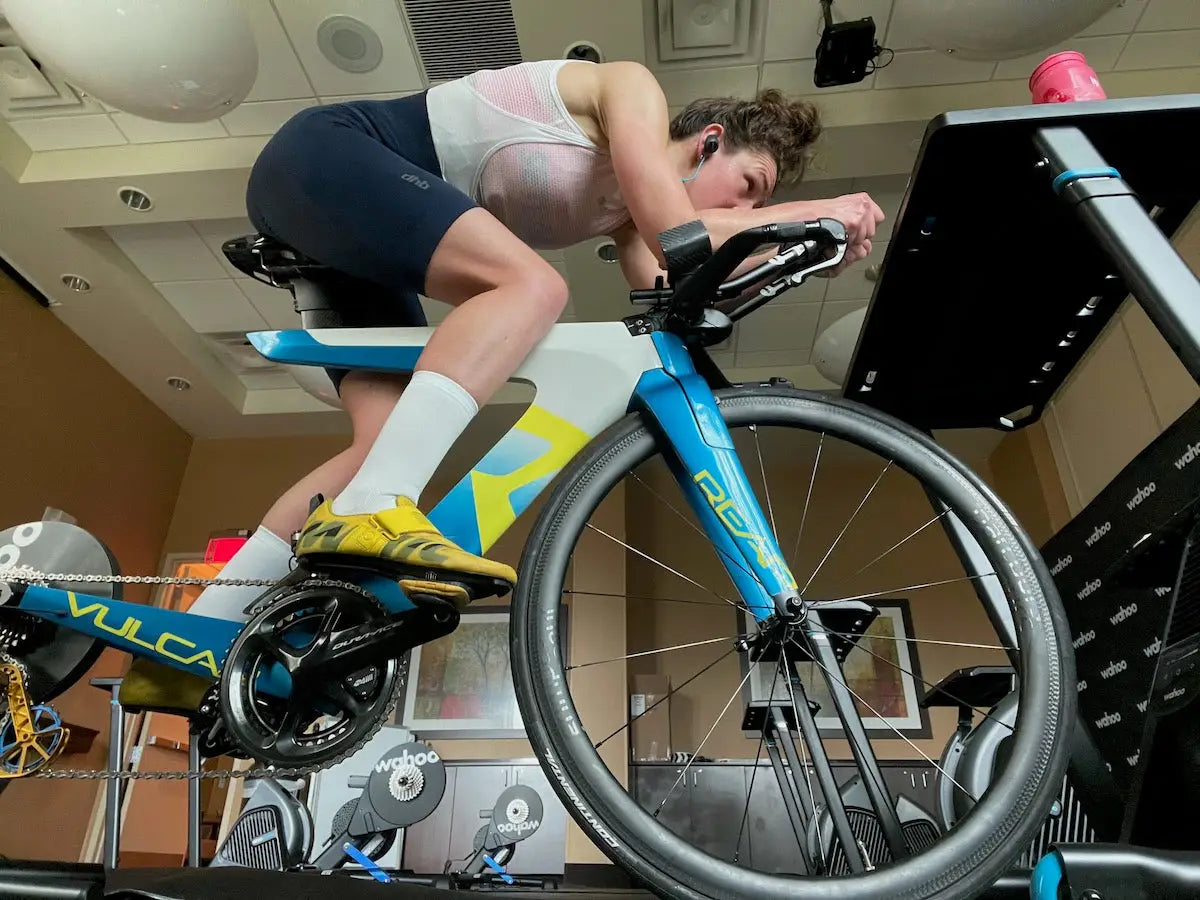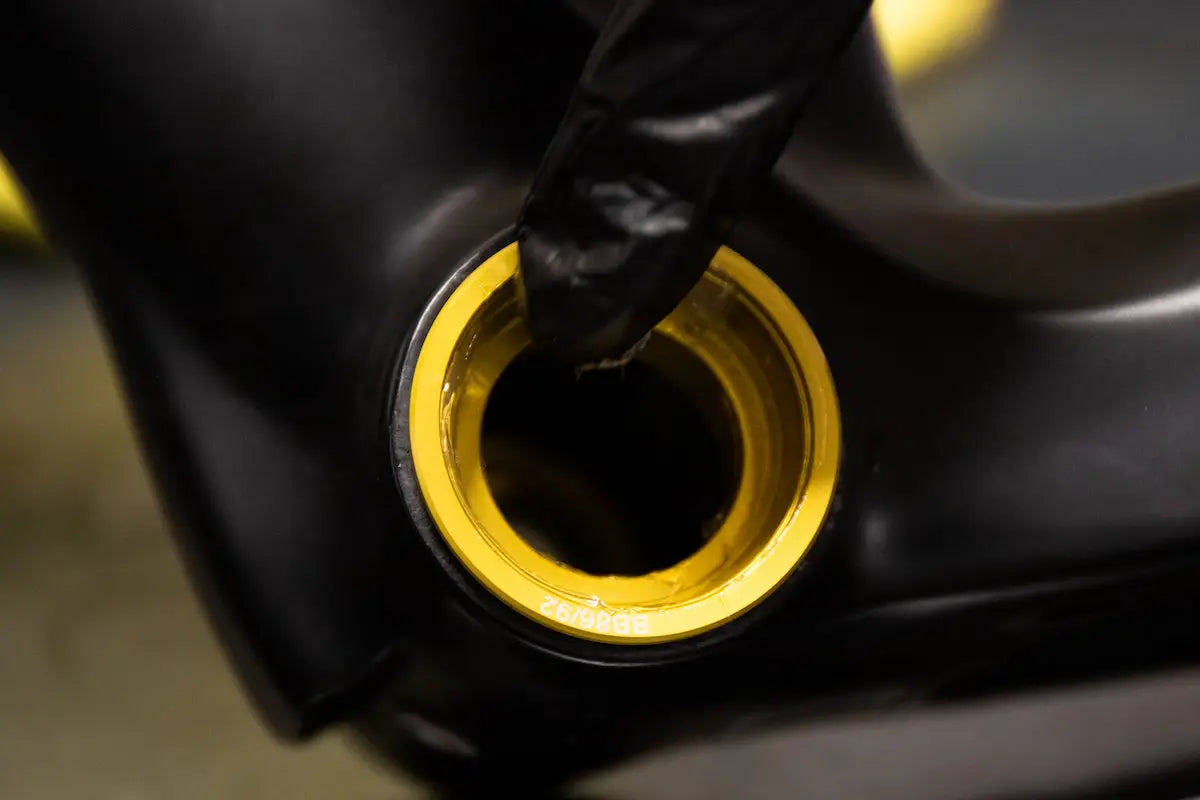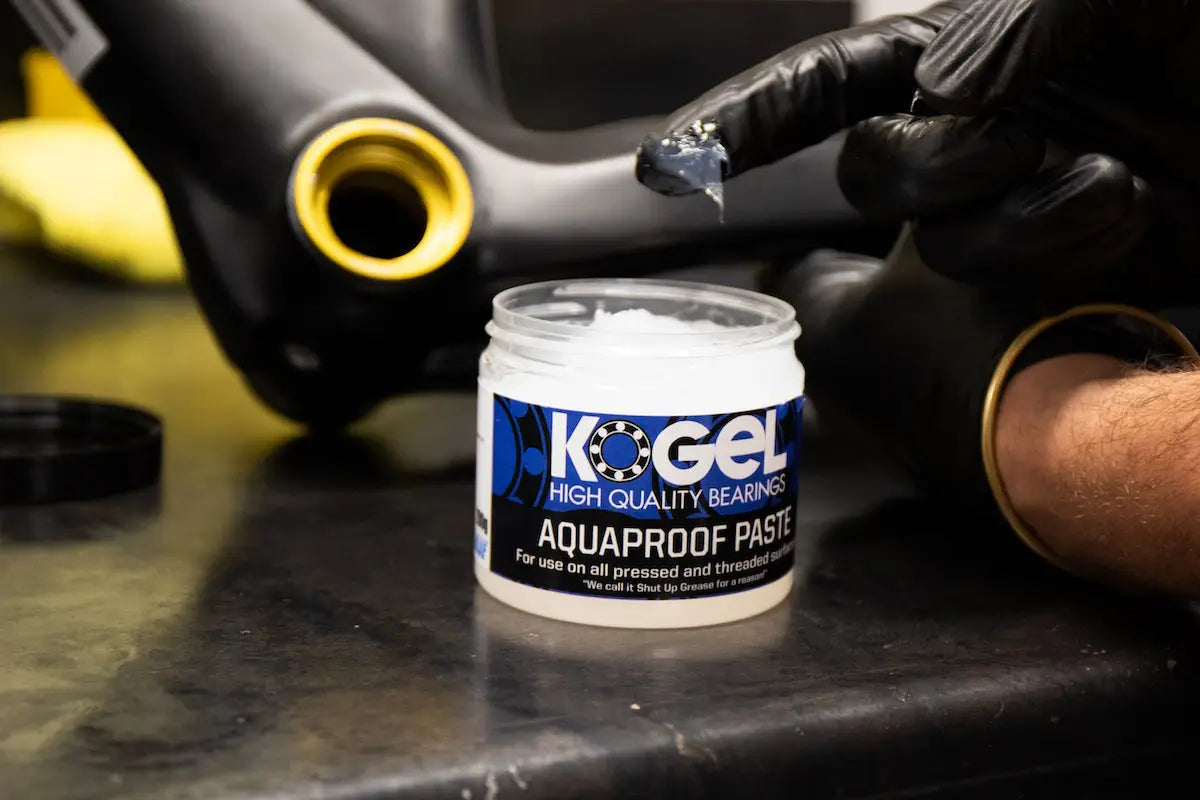The last thing I thought about as I churned through those hours on a trainer this past year was toxic sweat attacking my bike frame and components.
And it seems I wasn’t the only one spending quality time during the pandemic on a trainer as virtual training platforms like Zwift gained larger audiences.
Even though riding an indoor trainer seems to be very static, it puts a lot of stress on both your bike and bearing components.
In fact, 2020 saw an uptick in warranty claims from customers with bearing issues that claimed to have very limited outdoor miles.

Sick Watts wreaking havoc on your frame and components
Before we talk about sweat, there is another way riding on a static platform, like a bike trainer, wreaks havoc on your bike.
Bike manufacturers engineer a certain level of compliance into their frames to maximize transfer of good energy to the riding surface and absorb or deflect the bad.
However, when your bike is strapped to a trainer, the frame and components have fewer outlets to shed that bad energy.
When you’re rocking the bars left to right in a standing sprint, it’s putting huge loads on your frame and components, especially your cranks and bearings.
We do not have any specific data on it, but just looking down while riding shows how much your frame is flexing.
Some manufacturers even go so far as to not recommend using their frames for use on rear wheel locked trainers like a Kickr or Tacx Neo.
Unfortunately, there doesn’t appear to be a simple solution for this other than using a rocker plate or smoothing out your pedal stroke and avoid standing attacks.

Attack of the Toxic Sweat
If you have ever done an all-out interval session on your indoor trainer, you will be familiar with the amounts of sweat you did not know you had in you.
Back in the shop, we use the term “toxic sweat” because it sounds funny to say. However, on a more serious note, we do need to talk about how perspiration can wreak havoc on your bearings.
Since you’re not generating any speed on an indoor trainer like in the outside world, all your sweat doesn’t fly off the back or evaporate before it hits the ground. Instead, it is dripping down your frame and all over your bike components.
And, since your bottom bracket typically occupies the lowest part of your frame, it acts like a natural drainage for sweat on its eventual path to the ground.
Even worse, because your sweat is basically a mild form of salt water, it is corrosive to metals.
This toxic cocktail will affect your bearing rings, aluminum bottom bracket cups and even degrade the grease you used to install the bottom bracket. The inevitable result is premature clicking, popping and grinding.
So how do you prevent premature wear on your bottom bracket?

Preventative maintenance!
In order to prevent these issues, there are a few tricks that should prevent problems specifically tied to indoor riding:
- Use Cross Seals in Your Bottom Bracket - Our off-road seals are designed to keep the grease in and the crud out. They are specifically designed for off road use: mud and water crossings. The same feature-set makes them great for indoor training. Since sweat cannot reach the bearing internals, everything will run smoothly. Even if the outside of the bearing corrodes a little, things will keep spinning smoothly.
- Use Water-Proof Paste - Our Aqua Proof installation paste was originally designed for the off-shore industry. Besides being thick and tacky and perfect for any pressed surface, it is also resistant to salt water. Many greases disintegrate over time if left to sea water or sweat. Aqua Proof Paste does not. If you hear any clicking and popping from your bottom bracket area, it might be because your installation paste is washed out. Reinstall the cups with Aqua Proof and you should be golden. If you want an extra layer of protection for your bearings, put a few drops in between the bearings and the dust covers. It will help the divert the drops around the outside and onto the ground.

Head to Dryer Ground
Thankfully, warmer weather and outdoor riding is upon us and most of us will be enjoying our favorite road and trail rides in the coming weeks.
It probably seems crazy to think your sweat could factor into the wear and tear on your bike, and we just want to help ensure your favorite part of the cycling season isn’t interrupted with unexpected clicks, pops and creaks.
So if you’ve spent some of the off-season riding indoors, now might be the perfect time to consider annual maintenance on your bottom bracket.
Ard

